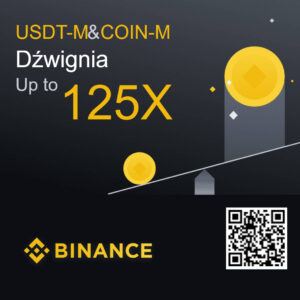Rate XRP 1,60 EUR
Change (24h): 2,22%
Started at: 01-04-2013, Concept: Ripple Protocol Consensus Algorithm
Tags: Cryptocurrency, Payments, Scalable, Finance & Banking, High Transaction Speed (TPS), Made in USA
Calculator XRP / EUR
How is 1 XRP?
| XRP | 0 EUR | |
| EUR | 0 XRP |
Team
- Brad Garlinghouse
- David Schwartz
- Ron Will
- Ethan Beard
- Asheesh Birla
- Chris Kanaan
- Cory Johnson
- Sandi Kochhar
- Brynly Llyr
- Monica Long
- John Mitchell
- Marcus Treacher
- Eric van Miltenburg
- Kahina Van Dyke
Another prices
- BAT 0.2327 EUR 0,00%
- SUSHI 1.300002 USDT 0,00%
- AMLT 0.00000014 BTC 0,00%
- MANA 0.00002231 BTC 0,00%
- BTT 0.002777 USDT inf%
- MKR 1813.7 USDT 0,00%
- LINK 12.34 USDT -0,08%
- LINKUP 0.00608 USDT 0,00%
- CND 0.00000006 BTC inf%
Do you know how buy XRP?
Description
XRP is a digital currency designed for fast and low-cost international money transfers, primarily used by the Ripple payment network. It aims to facilitate secure cross-border transactions and improve the efficiency of global banking systems. Source: CoinPaprika.com
Do you have account on KryptoBot?



